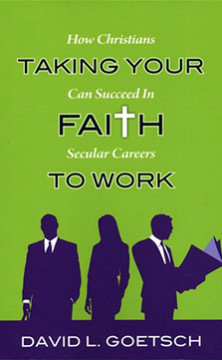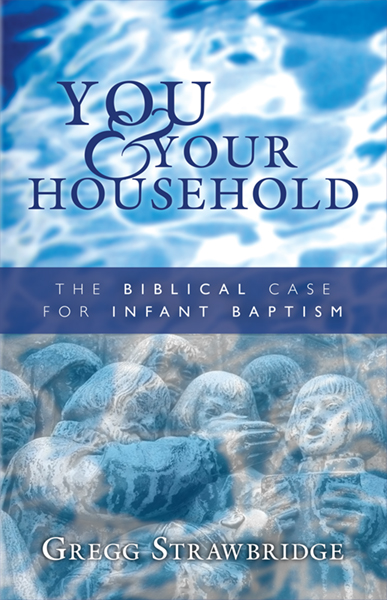Because my parents were not and are not infallible (that is, incapable of error), I can’t trust them and must find parents who are. Through the years my parents discovered that they were wrong on some issues. Some of those issues weren’t so serious. They discovered better diets for me so that I could be healthier, but even before that they never let me starve. Some of the issues are more serious, rising to the level of sin. There was bitterness and unforgiveness between them, and it affected the way I and my siblings relate to this day. Because they were and remain imperfect, how can I trust any of their judgments about anything, much less honor and obey them?
Don’t get me wrong. My parents love me and provide for me doing the best they can with what they have, but they aren’t infallible.
So, as I grow older, because I need psychological stability that comes from parents who claim that they are incapable of error, I go on the search for those parents.
Sounds ludicrous, right? But this is precisely what happens in many Christians lives when they have to live with a church-as-parent who isn’t perfect in all of her judgments and is, sometimes, downright sinful in her decisions. We then set out to find the “perfect parent,” whether that is evangelical church members hopping from church to church or evangelicals taking a journey to the Roman Catholic or Eastern Orthodox churches. Our present parents aren’t perfect, so we go looking for some who are … and there are a couple out there who will give you your psychological security because they claim a form of perfection. If you will just turn off your brain and not look at the evidence, then you will find your perfect parents.
One of the messy problems with the life of sola Scriptura in the church is imperfect parents; that is, church leaders past and present have made some bad judgments. Some of these have been the judgments that come from immaturity. Some of these have been abjectly sinful. Because the parents God has given us are imperfect guardians of the authority entrusted to them, we don’t think that they deserve honor and obedience. Why should we obey them when they have been wrong so many times?
Because God said so. Yes, their authority is delegated to them by God and is always subject to review. There are times when it would be sinful to obey the church, just as there are times it would be sinful to obey your parents or government authorities. No earthly authority is absolute. God is the only absolute authority, and he has revealed who he is and what he commands in the Scriptures. When we are encouraged or commanded by any authority to do things that run contrary to what God has commanded, then it is righteousness to disobey. However, to obey your authorities in all lawful commands is obedience to God himself … yes, this includes all of your imperfect authorities.
We obey imperfect authorities–parents, governments, and church leaders–by faith; that is, because God commanded us to do so, and we are ultimately trusting him. We don’t blindly or implicitly obey. God has given us a written standard to judge the commands of authorities. If our government commands that we kill our unborn children for population control, we disobey. If our church tells us to pray to dead saints, venerate icons, or encourages sexual deviancy, we reject their commands and do the right thing.
We can do this precisely because we have a standard to judge all imperfect authorities and even ourselves: the Holy Scriptures. It is a difficult business to have to continue to meditate on the Scriptures and judge things that come our way. We have to think, prayerfully weighing what the Scripture says in consultation with others past and present. The answer is not to go searching for the perfect parents. They don’t exist. Give proper honor and obedience to the parents God has put over you and continue to search the Scripture daily to see if all that they are saying is true.
Read more






















